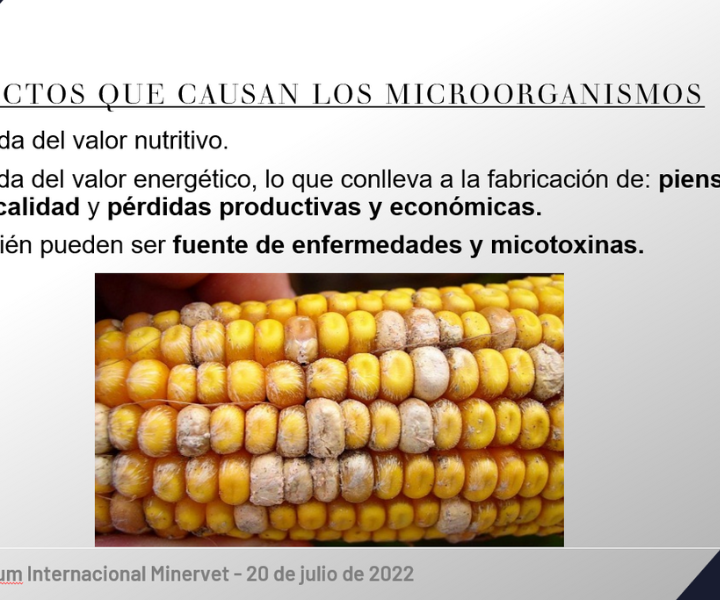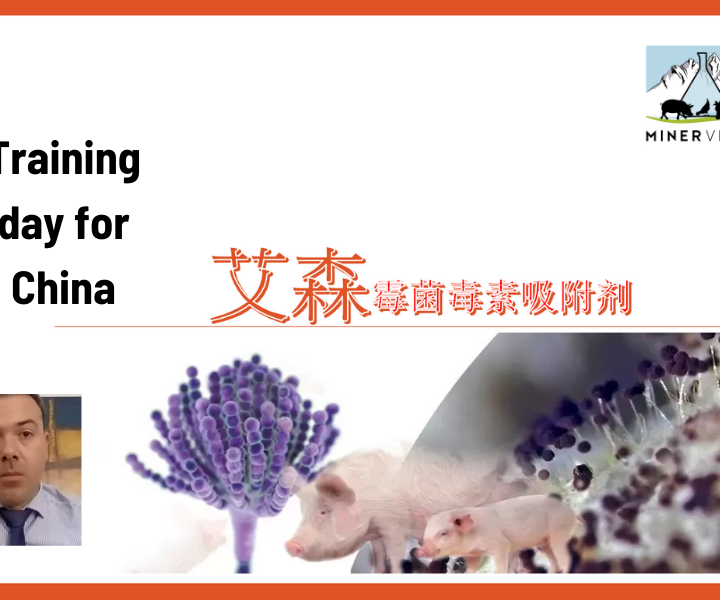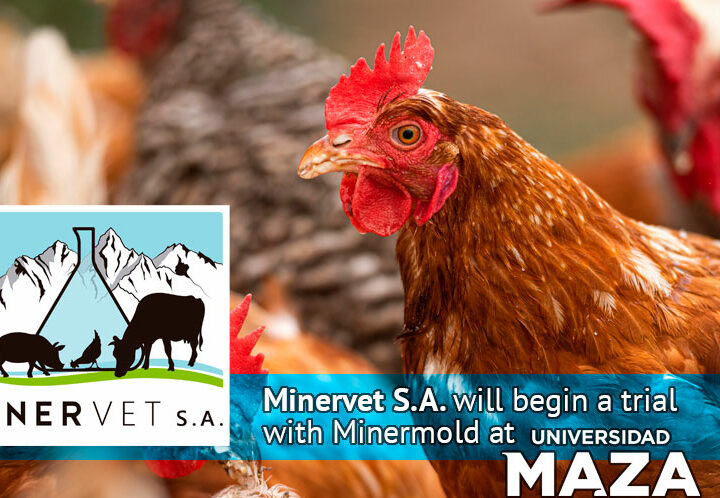
Minervet carries out a conference on Pronutrients and alternatives to AGPs in Buenos Aires
8 de March de 2018
Meckel’s diverticulum
23 de April de 2018The use of feed preservatives that are based on thyme ‘Thymus vulgaris’ vegetal extract has many economic and productive benefits. Thyme contains active principles with antioxidant and preservative properties that can be extracted and used on grain and feed as a free alternative to synthetic preservatives.
Unlike organic acids, which are costly and can reduce feed intake in healthy animals if used at high doses, thyme is part of the natural vegetation and is highly palatable.
Among the active principles, there are: timol, carvacrol, flavonoids derived from apigenol and luteolol, tanins and other compounds with powerful antioxidant activity.
Lipid oxidation is one of the main causes of feed deterioration and promotes bacterial and fungal growth that will decrease the diet’s nutritional value and be included in the food chain.
Its phenolic compounds, timol and carvacrol, have a powerful antibacterial activity against Gram-positive and Gram-negative microorganisms, and this effect is due to their action on the bacterial membrane. Carvacrol and timol act on the lipid bilayer made of phospholipids of the cellular membrane, causing an imbalance and increasing its permeability (Ultee et al., 2002; Lambert et al., 2001).
Minermold is a feed preservative composed of Thymus vulgaris with citric acid, which act synergistically with the phenolic compounds, increasing their biocidal activity. In addition, it is an acidifier and buffer, preventing enzymatic oxidation, feed degradation and favoring the product’s bactericidal and fungicidal activities.
Its homogeneous application on grains and feed can increase feed shelf life. Moreover, it is still effective once in the digestive tract, since it maintains the antioxidant, acidifier, bactericidal and fungicidal activities.
For more information about this product contact info@minervet.com or technical@minervet.com.




